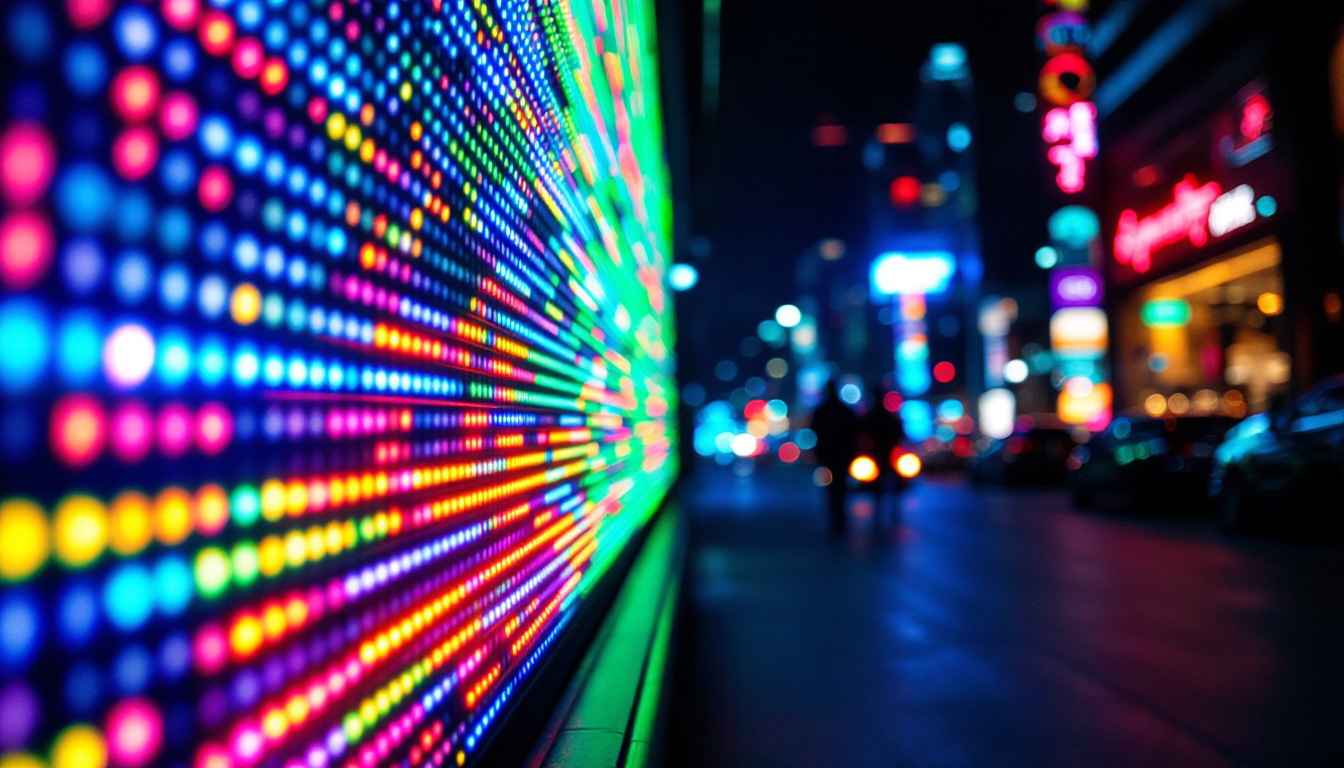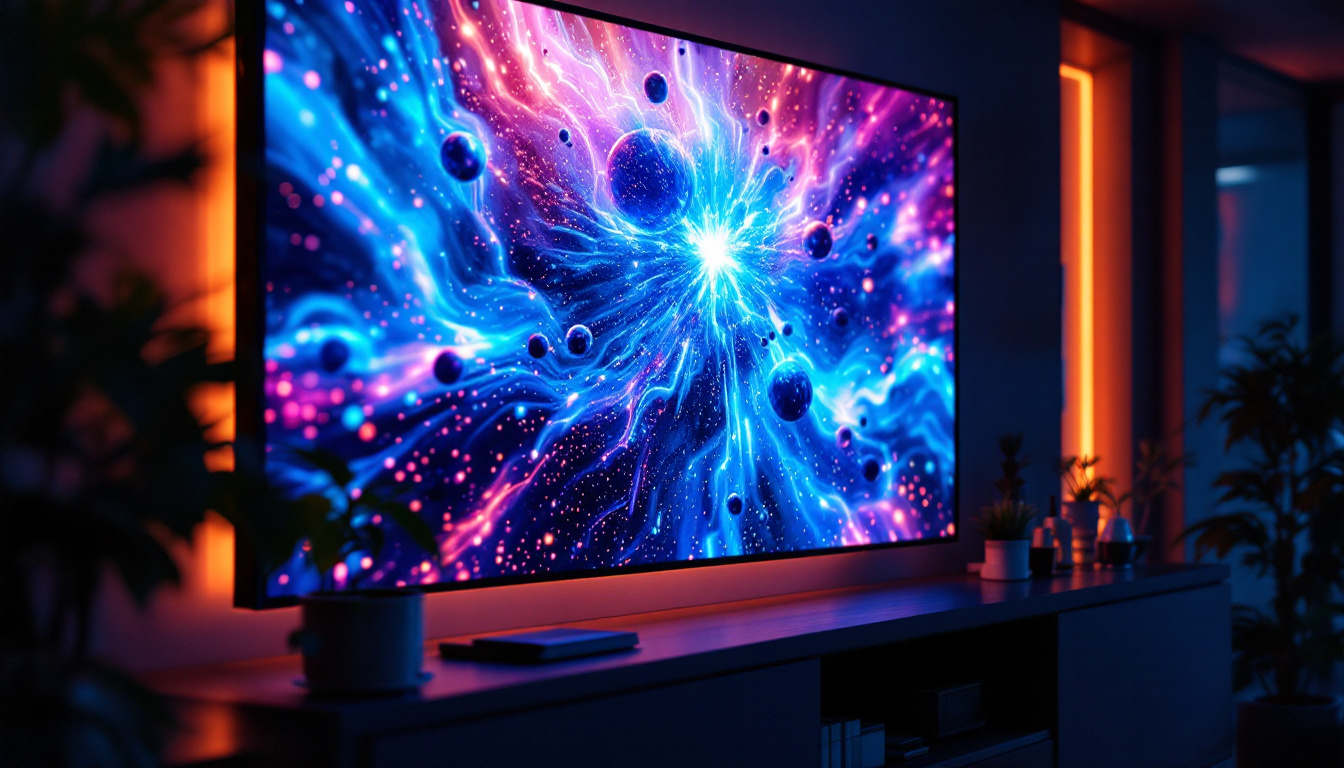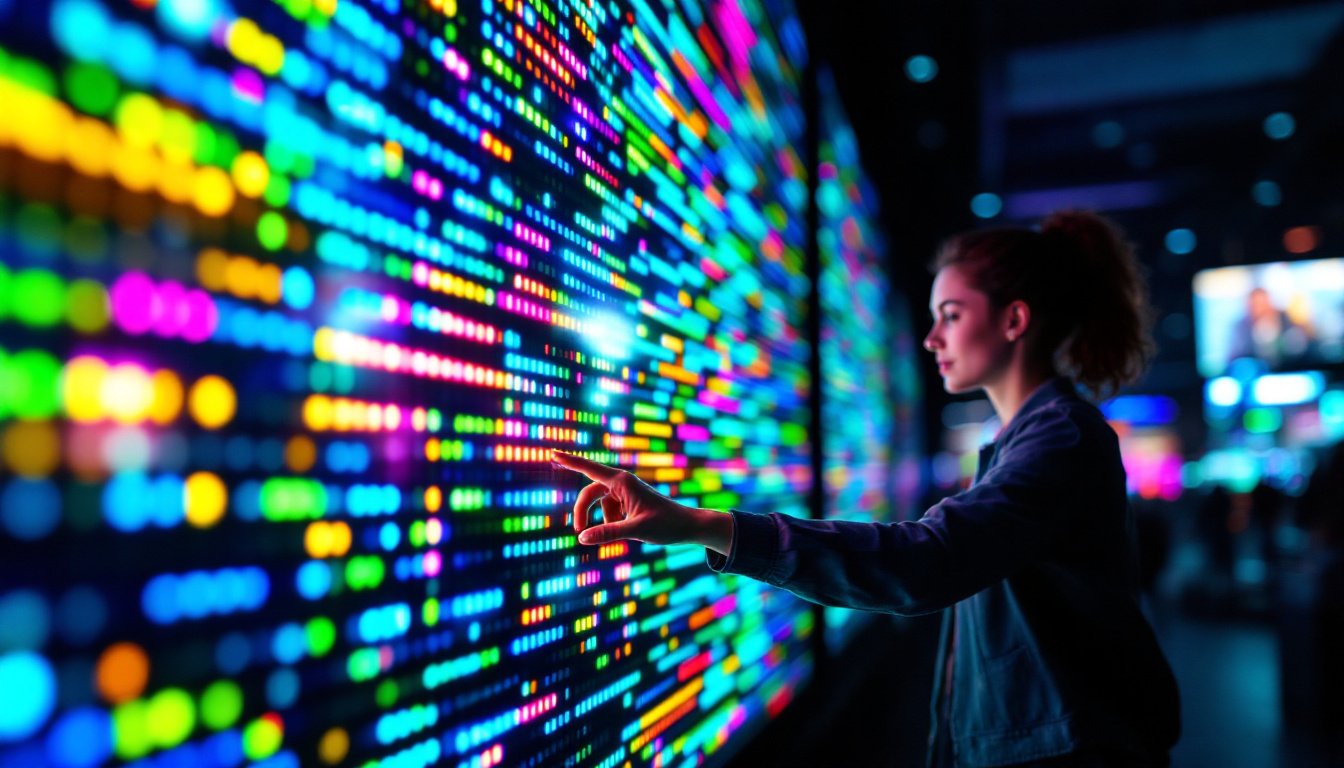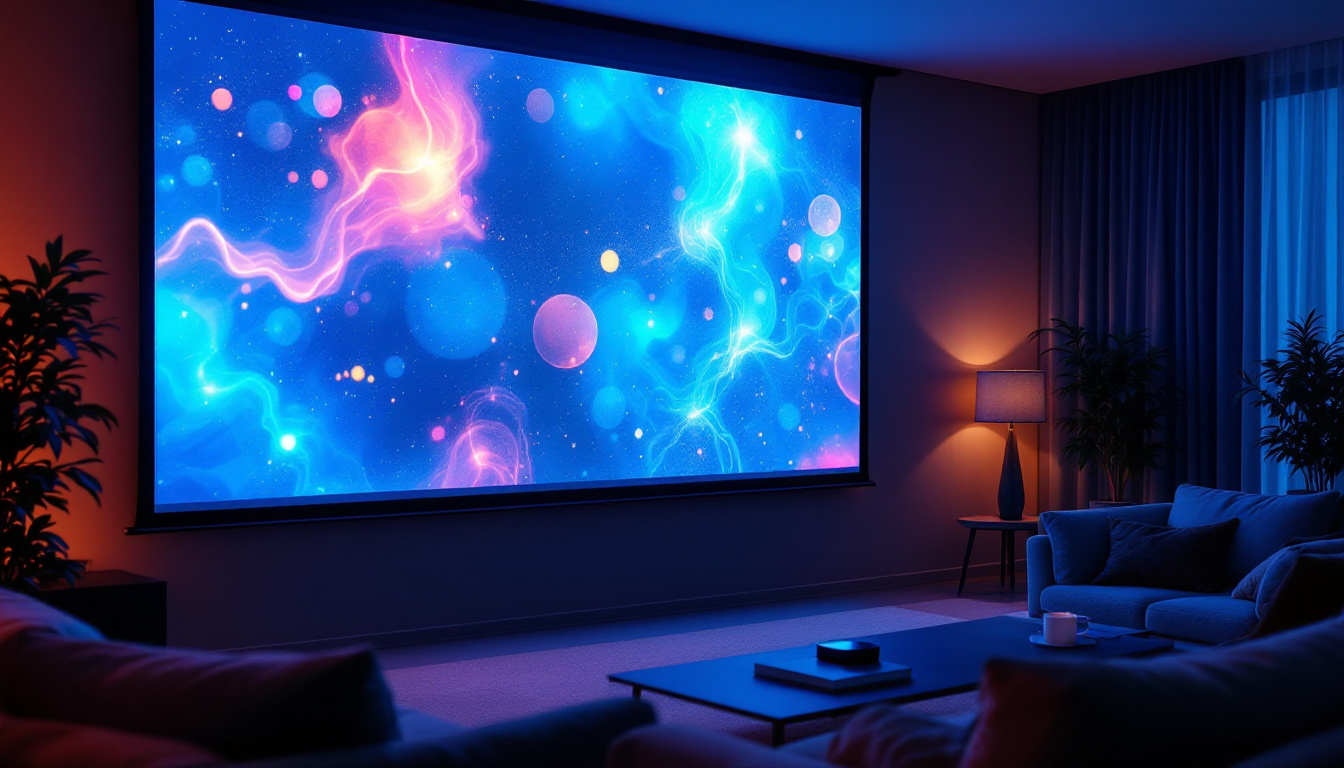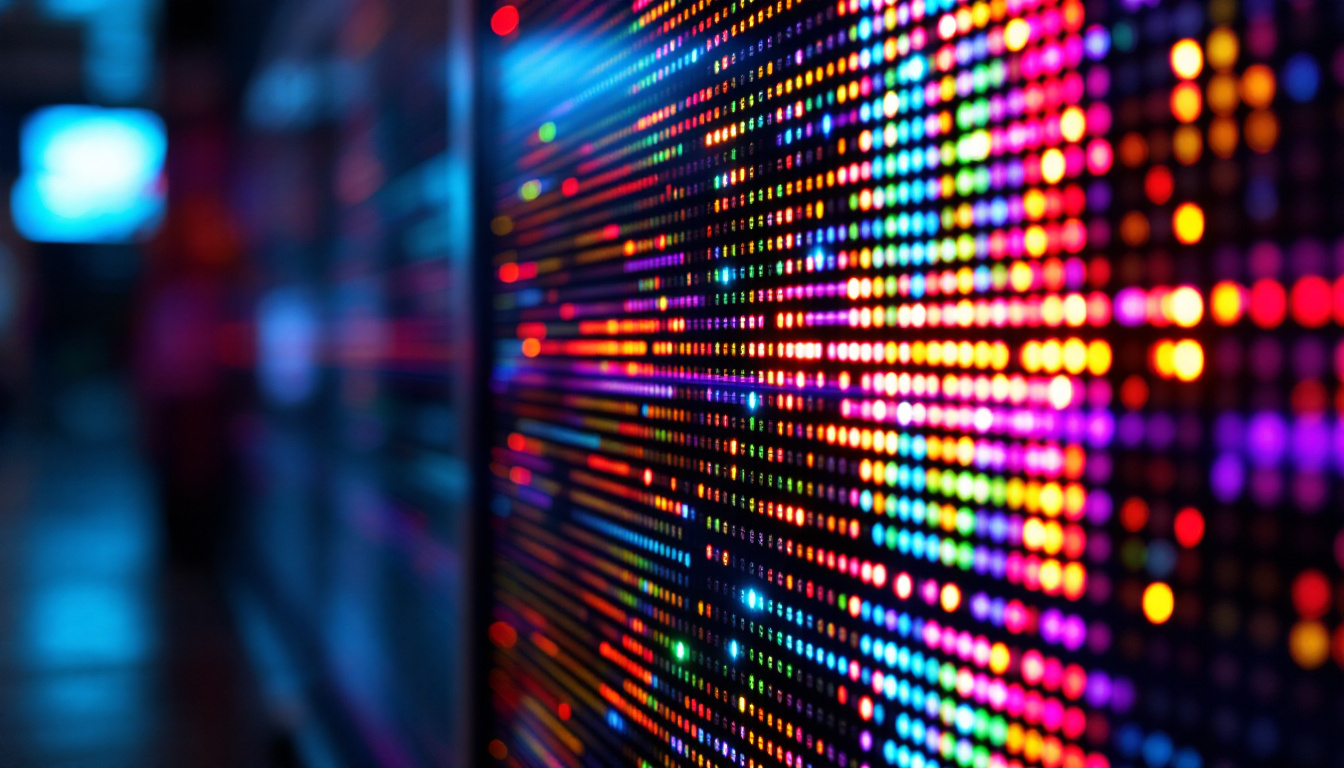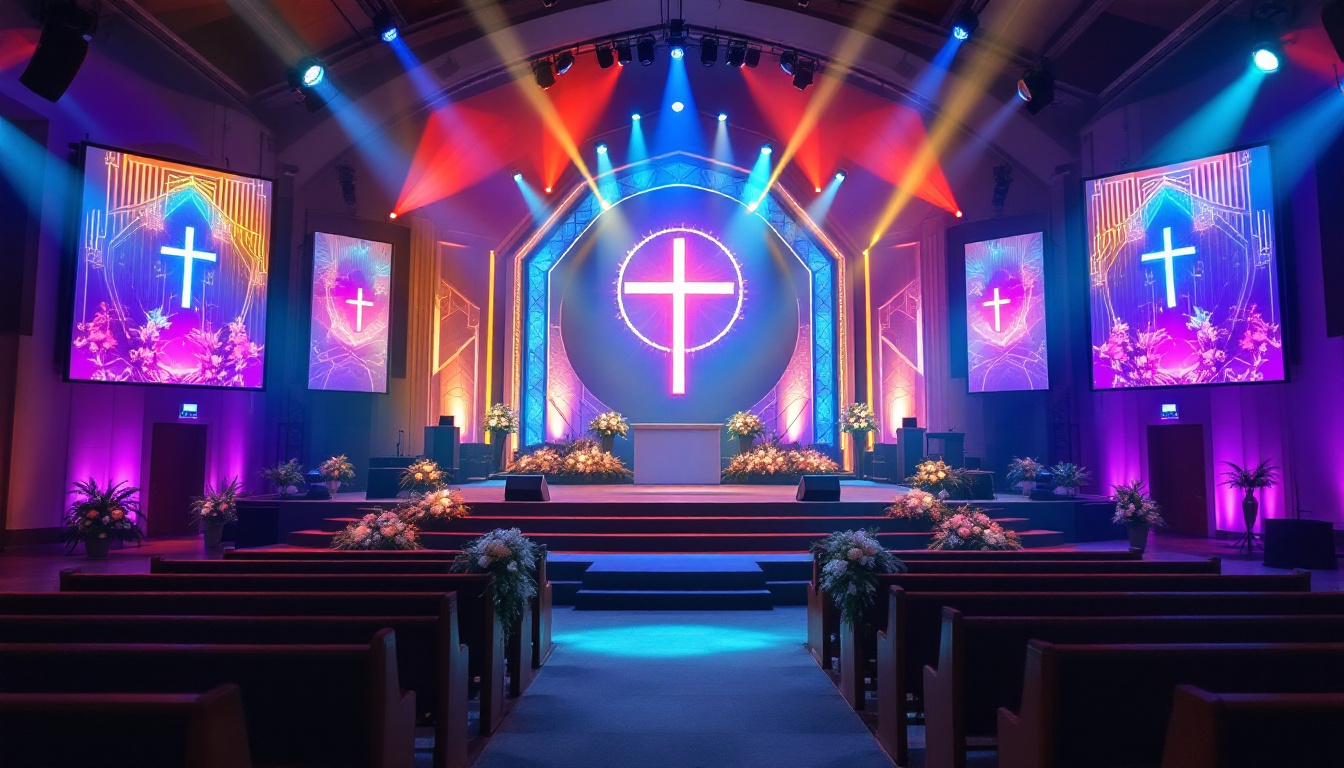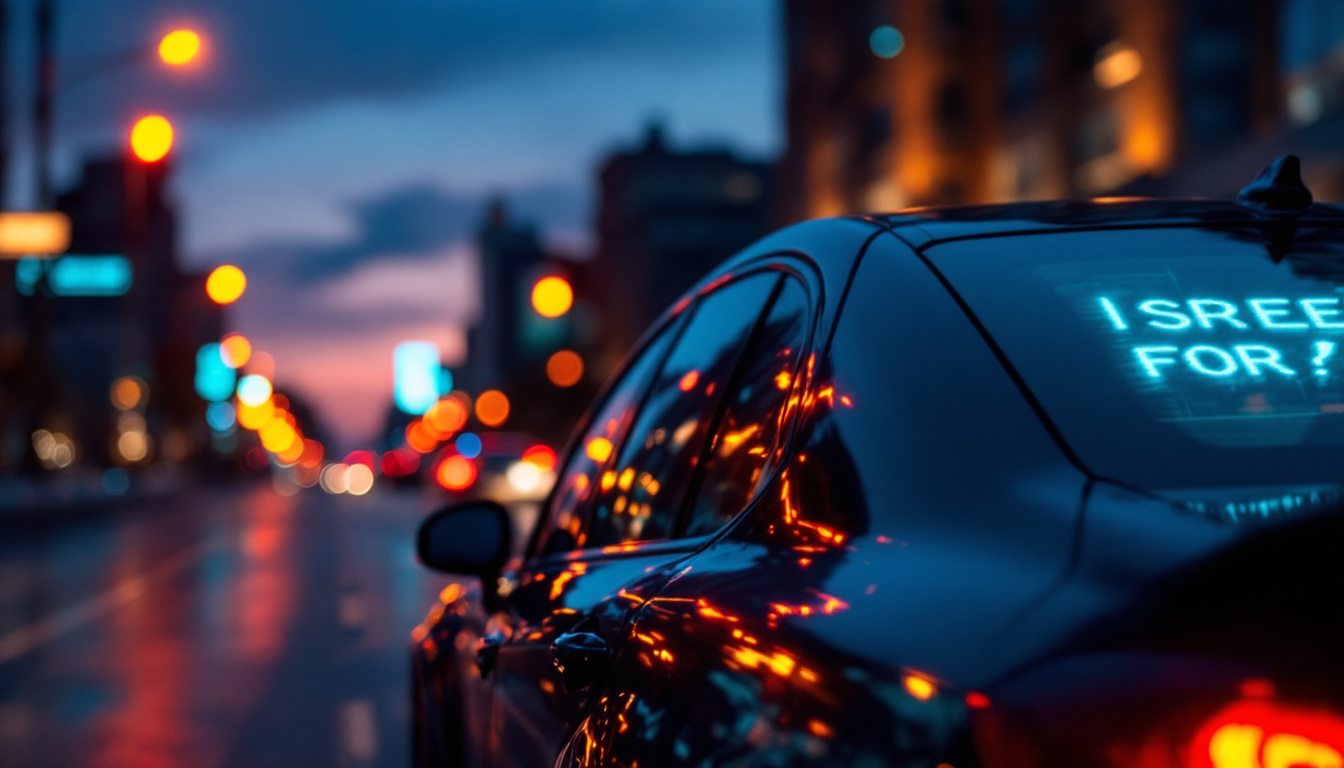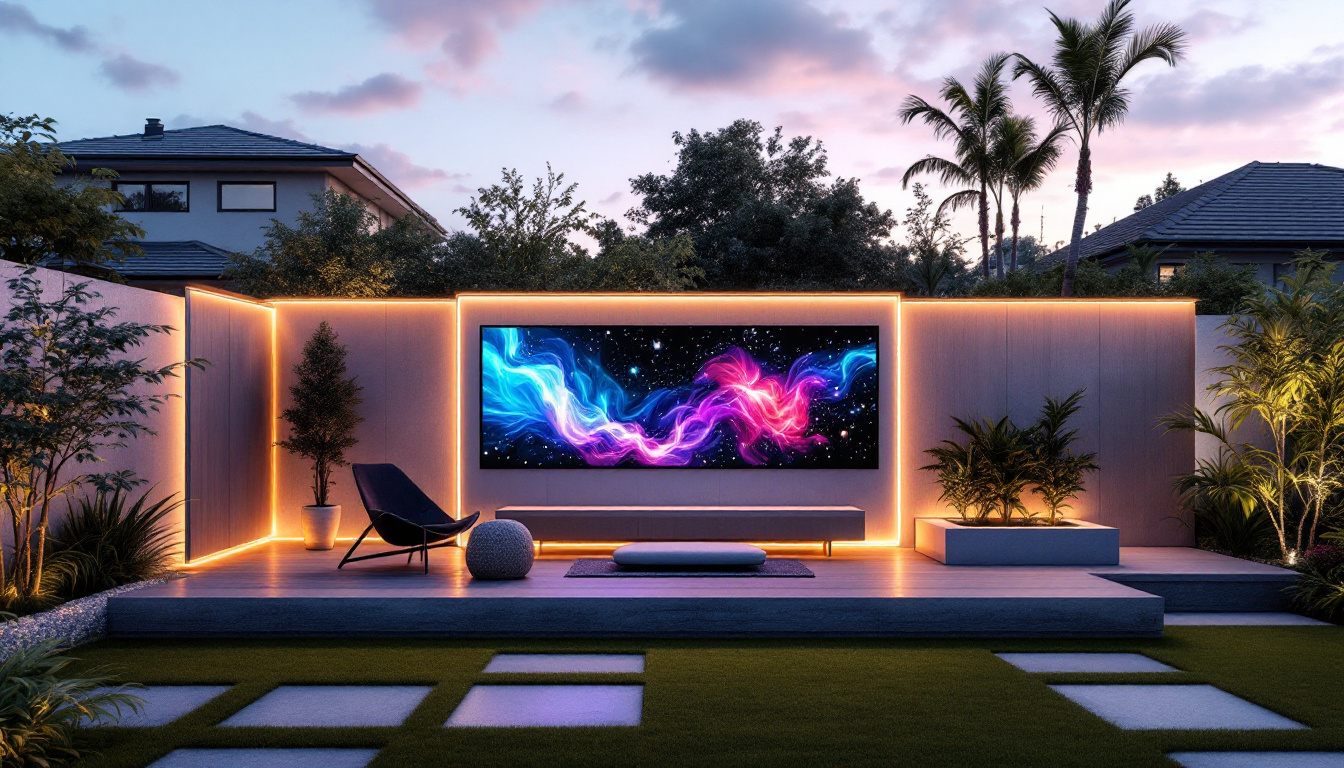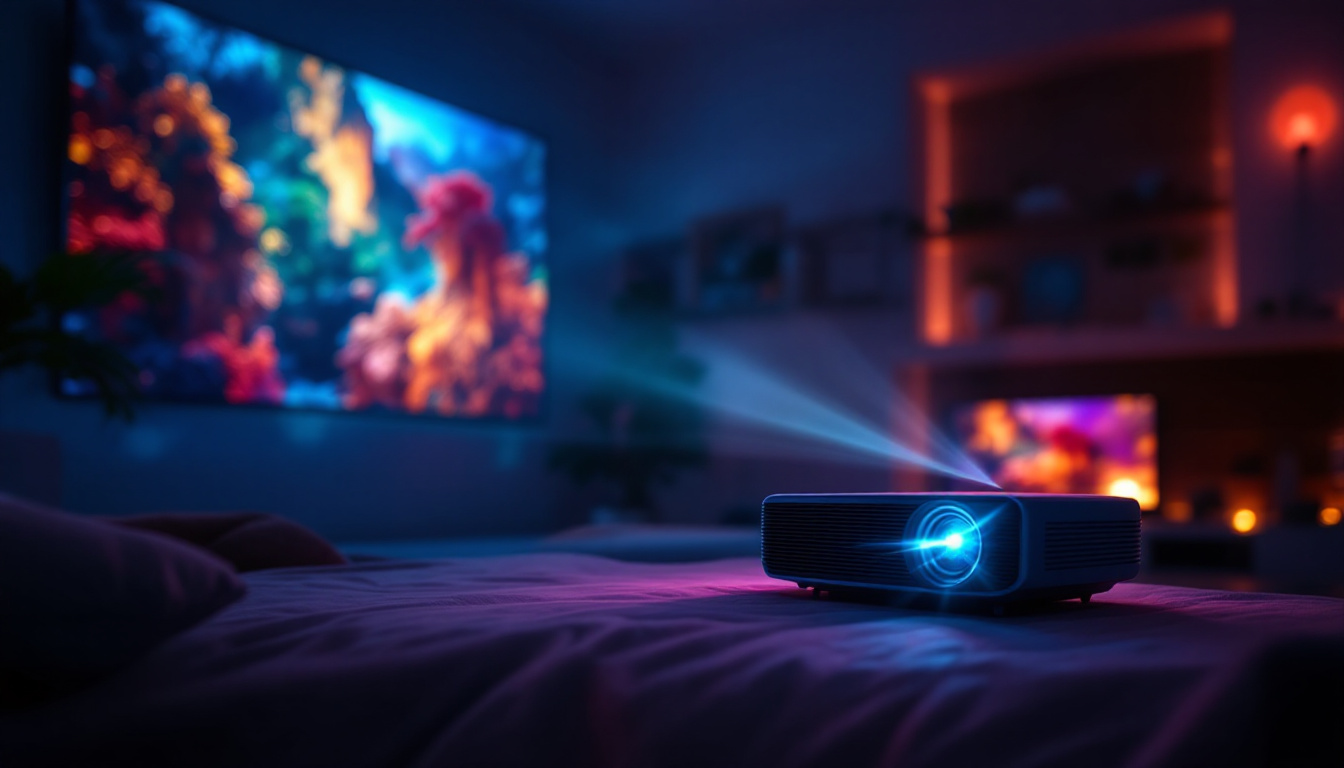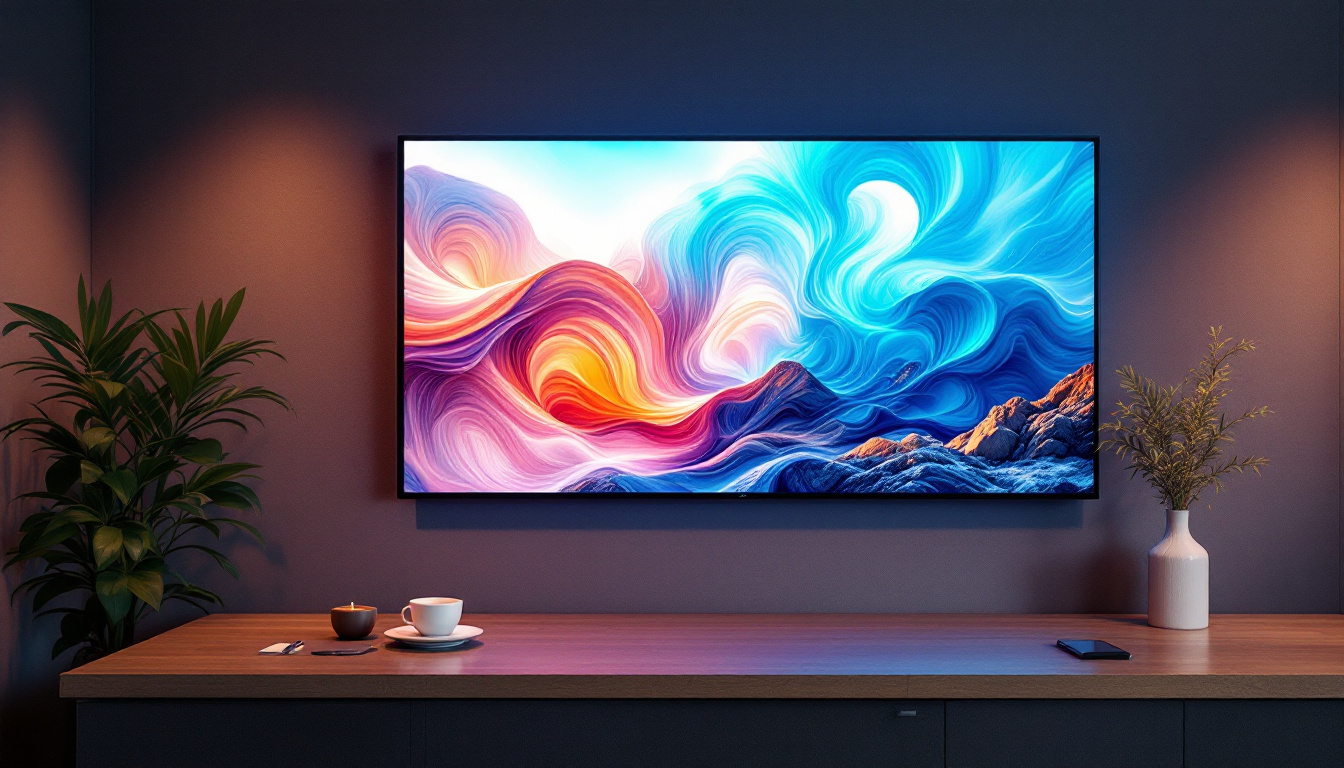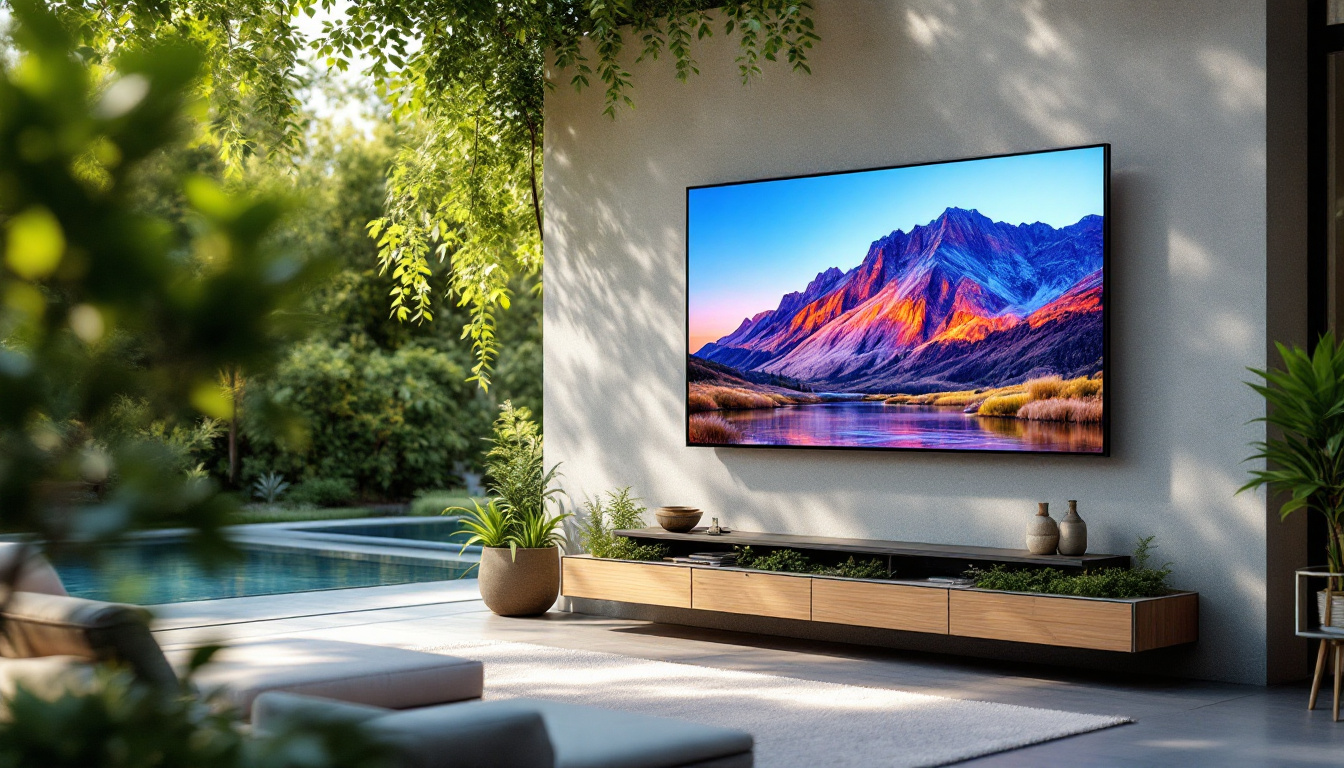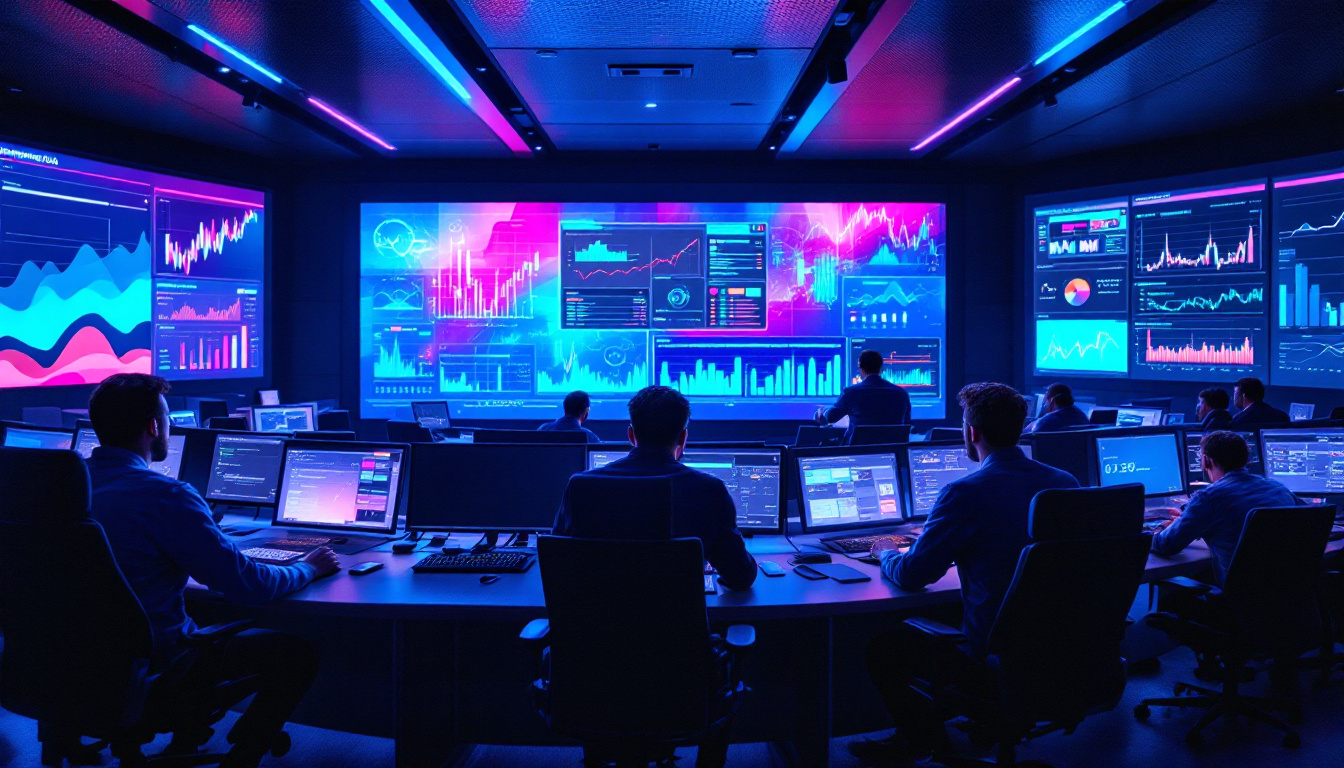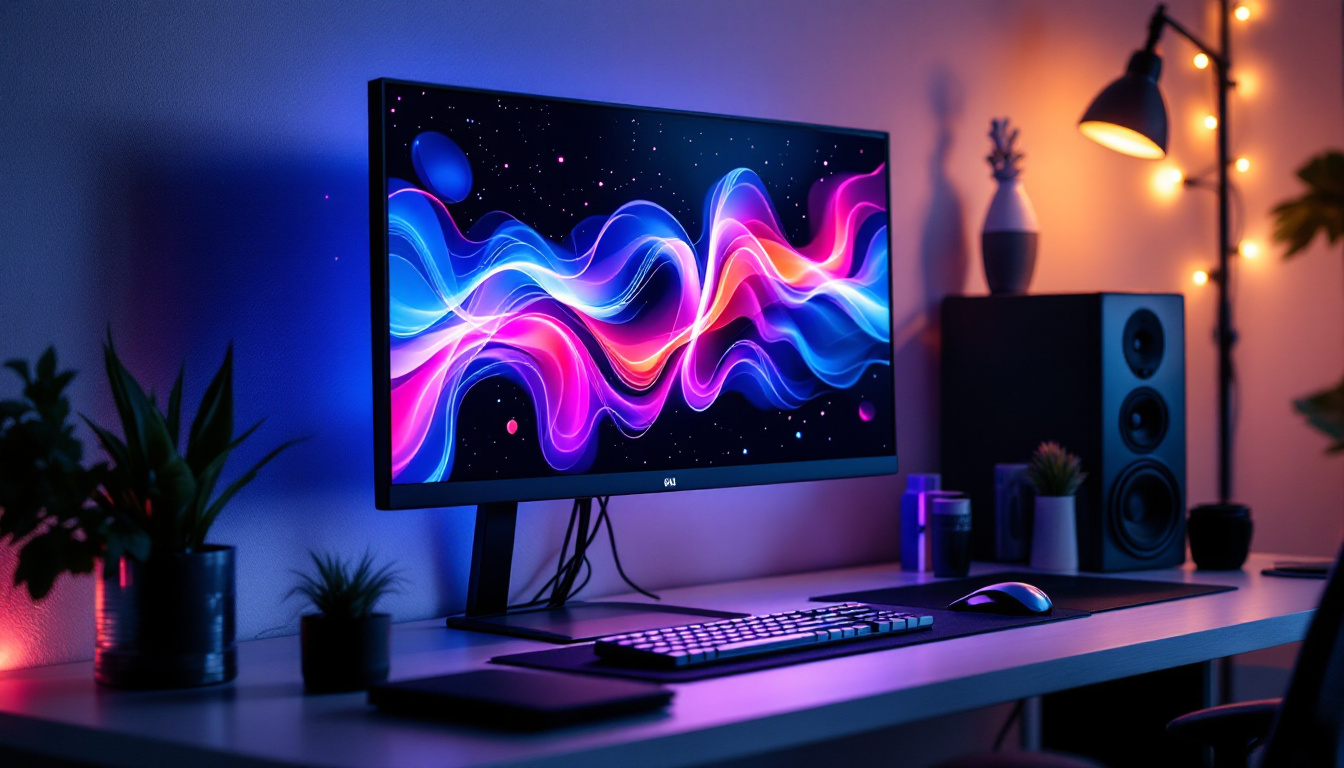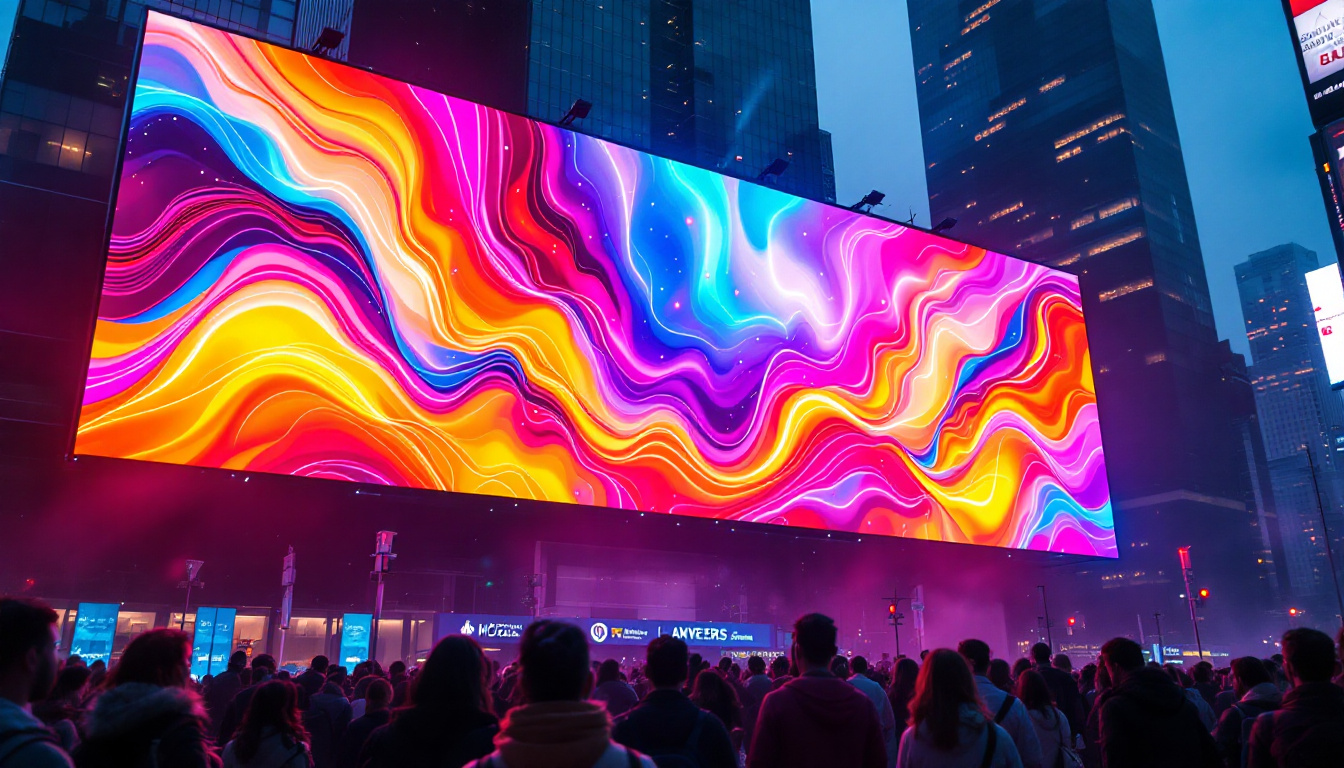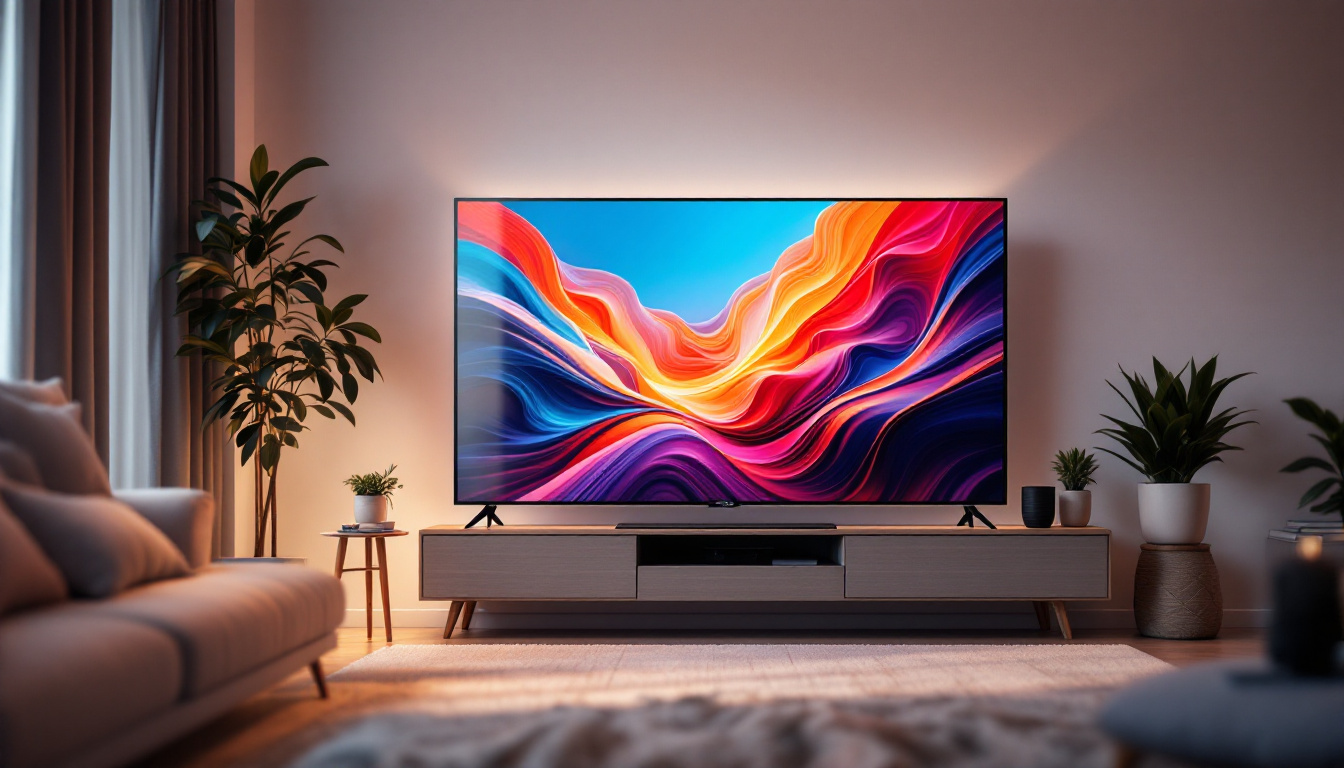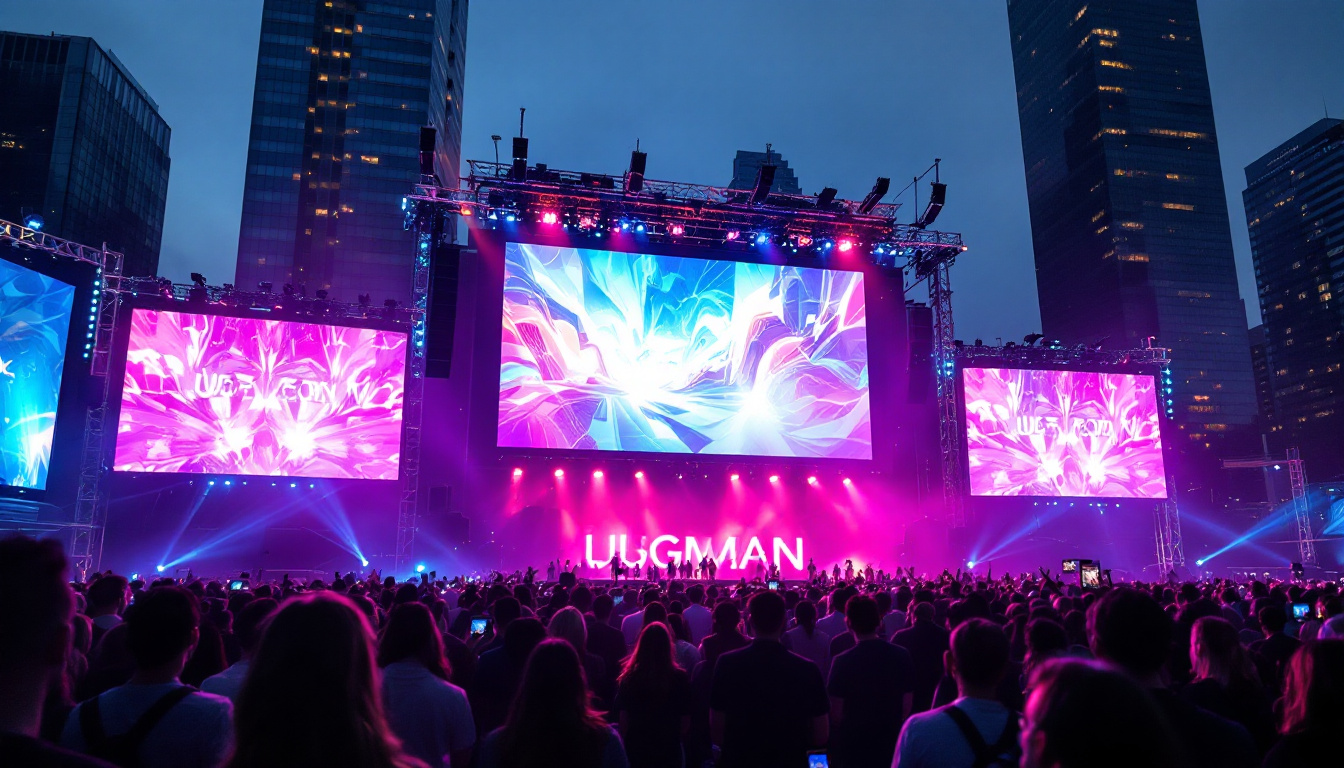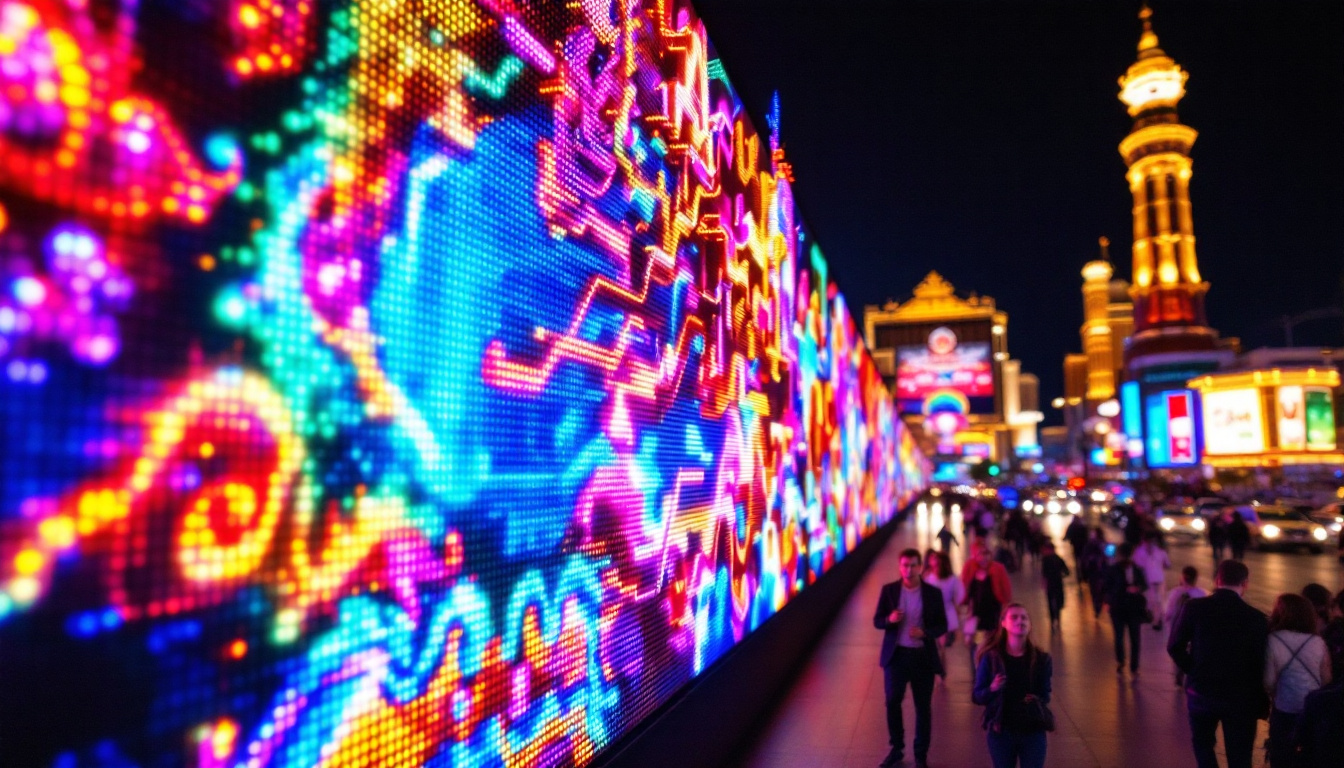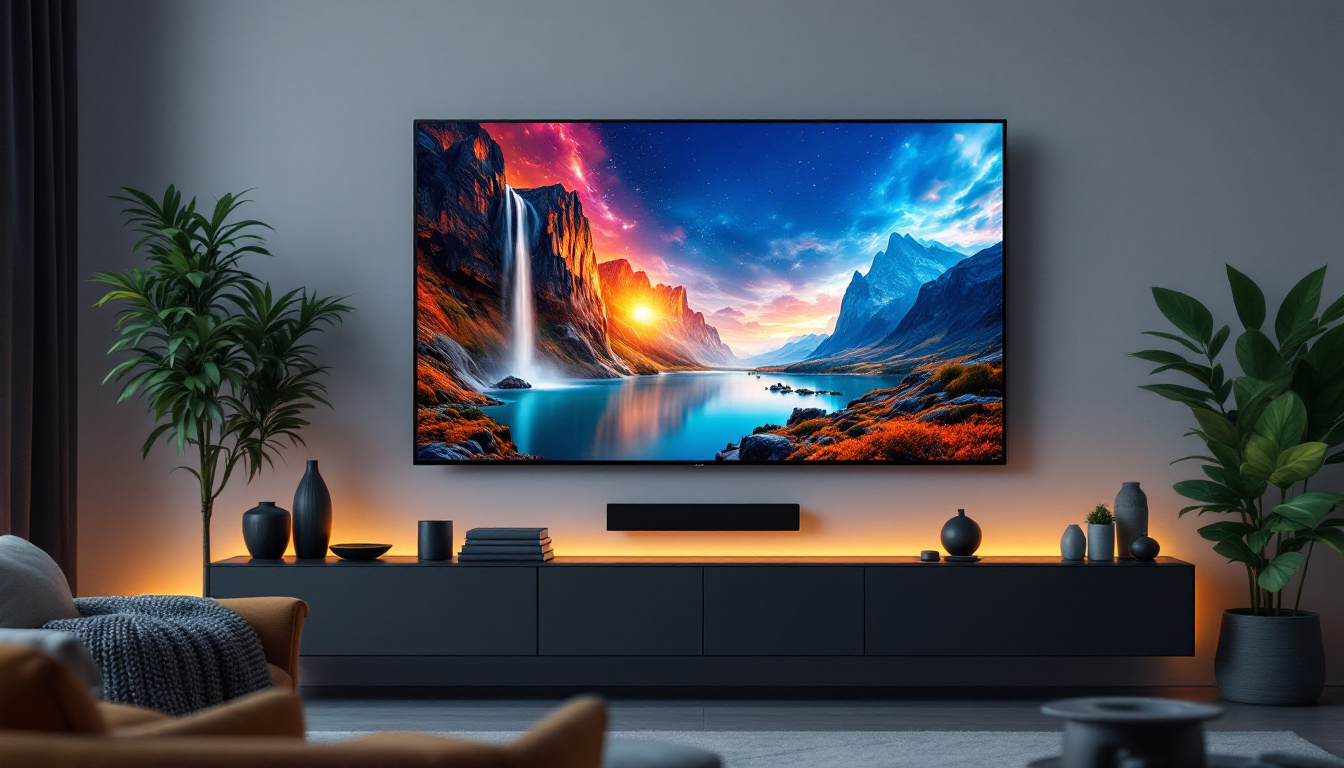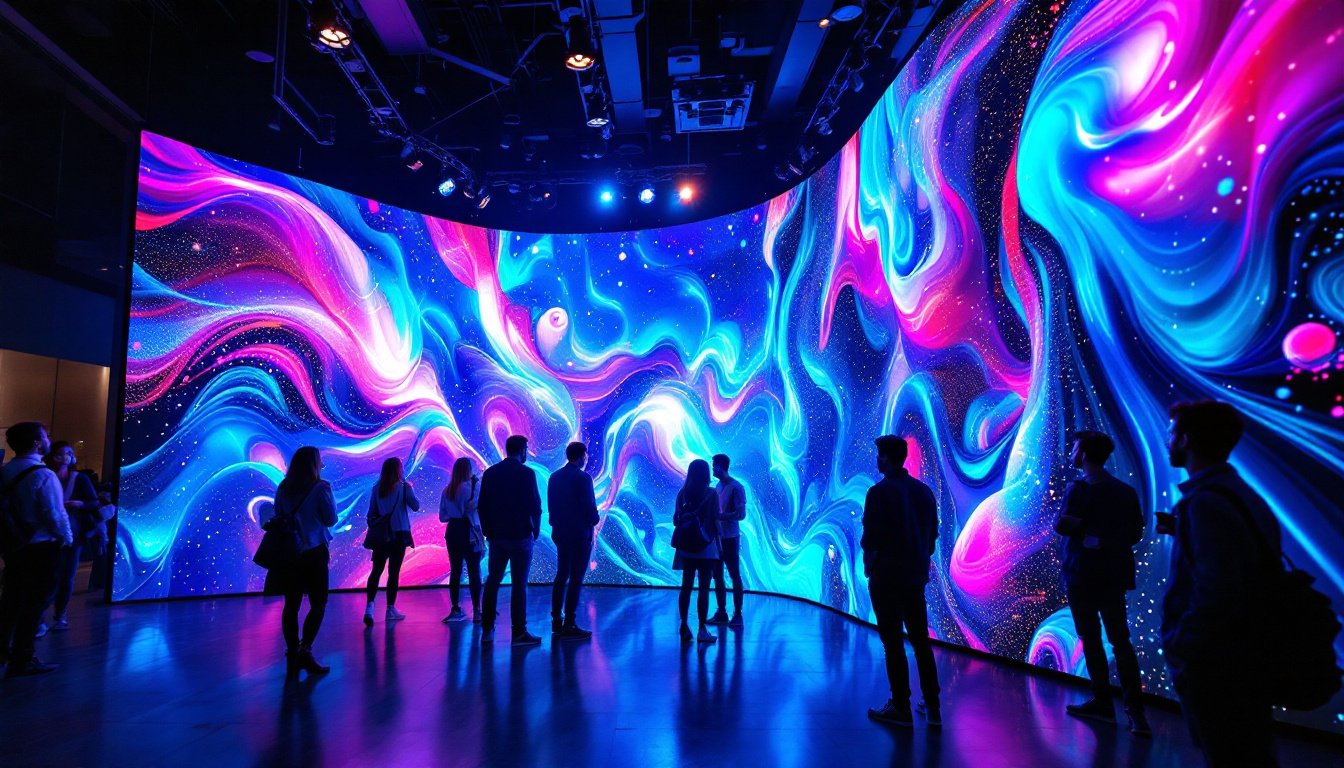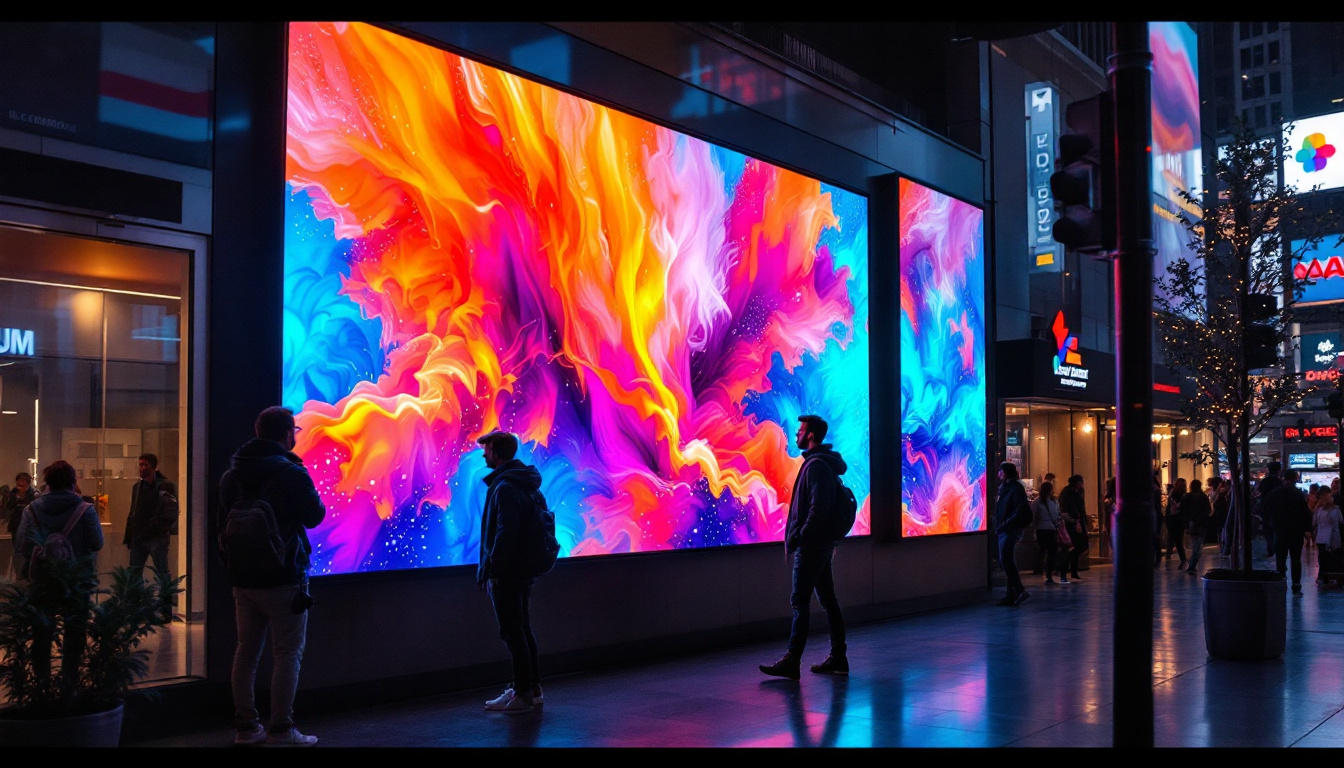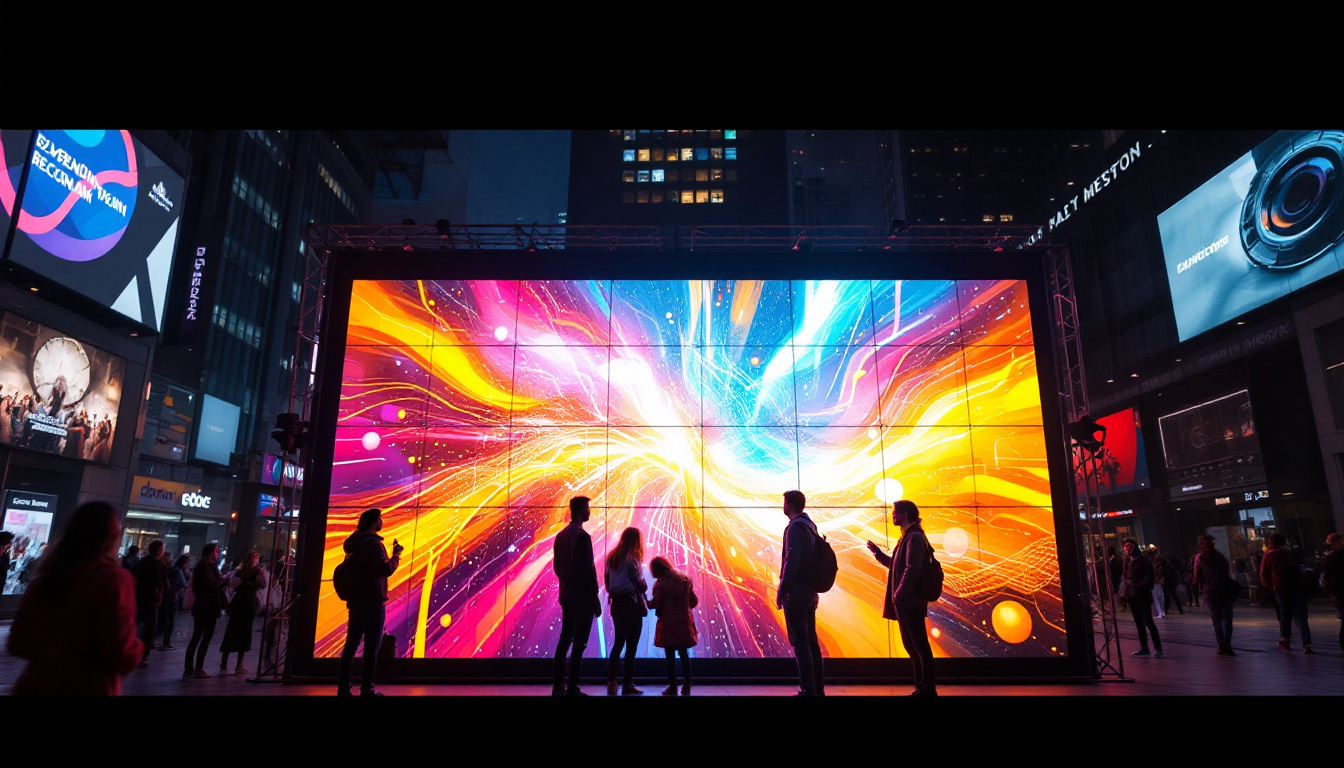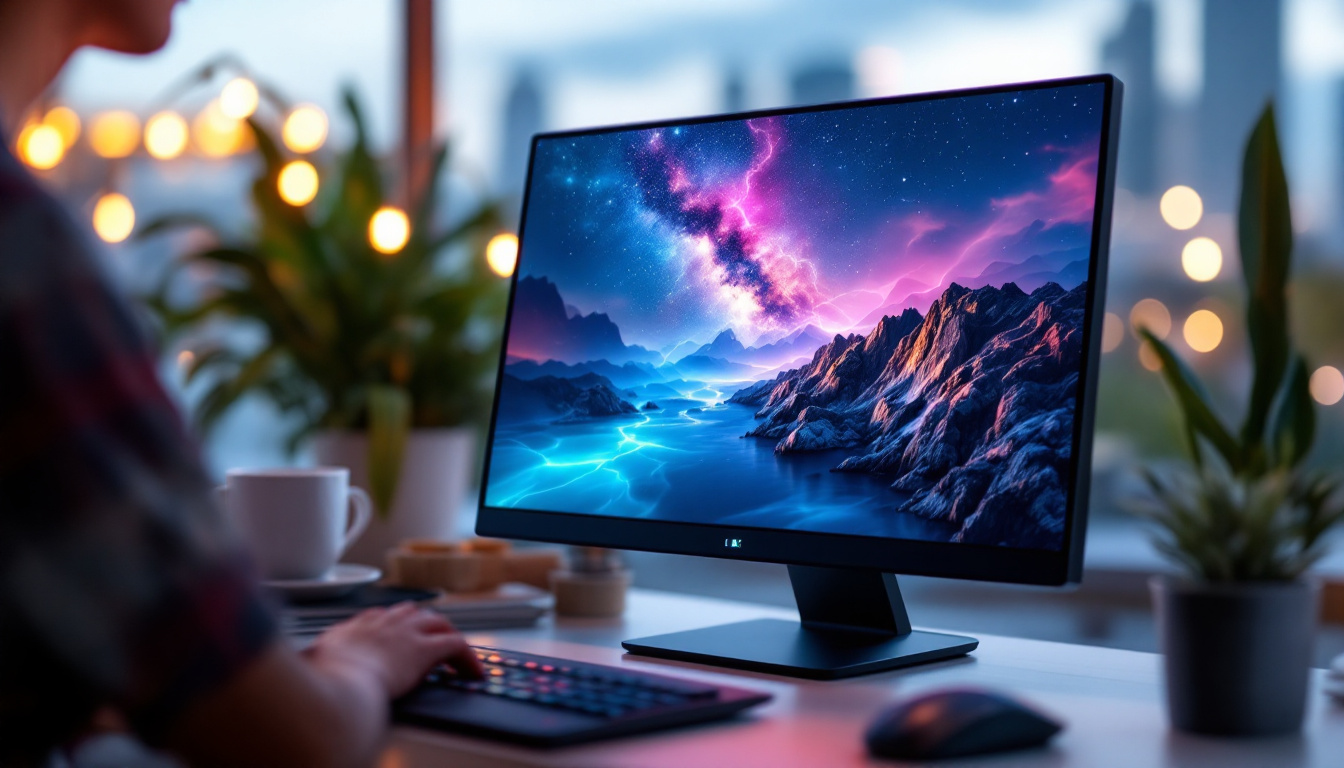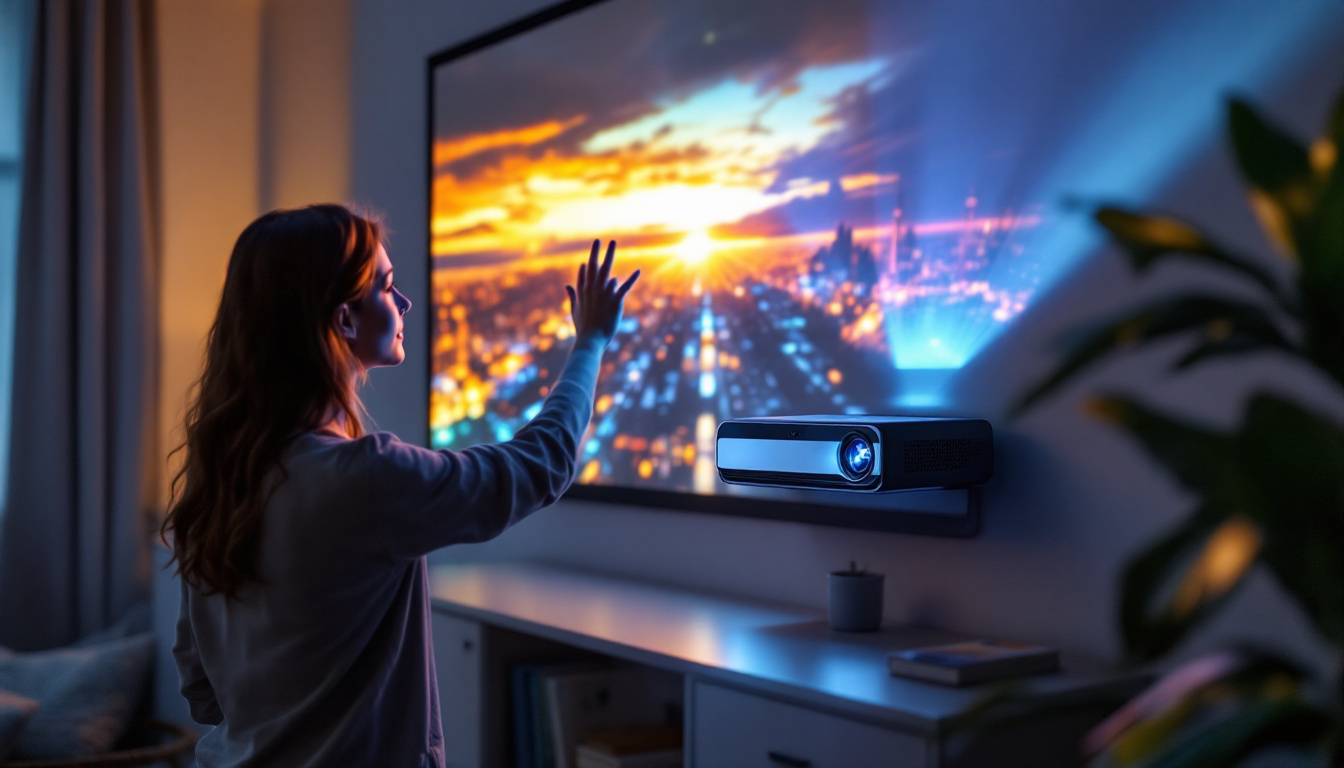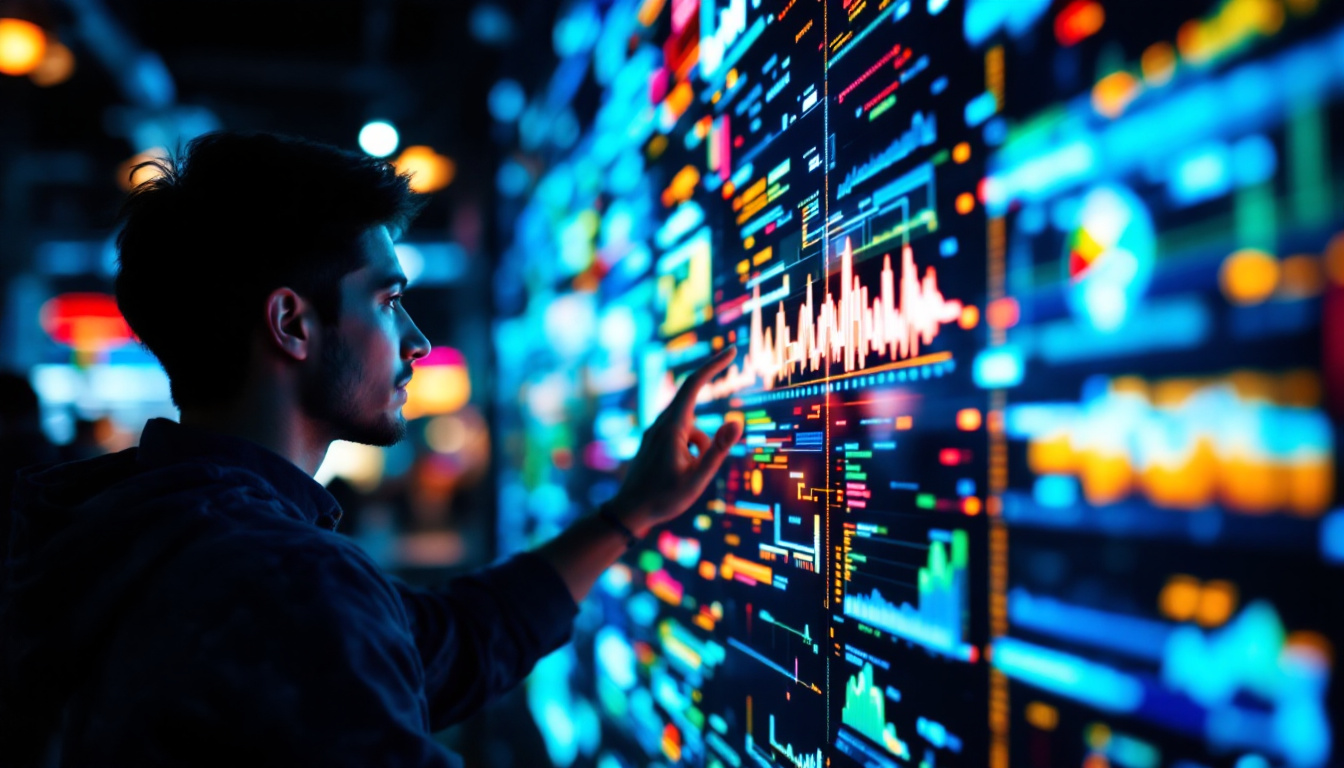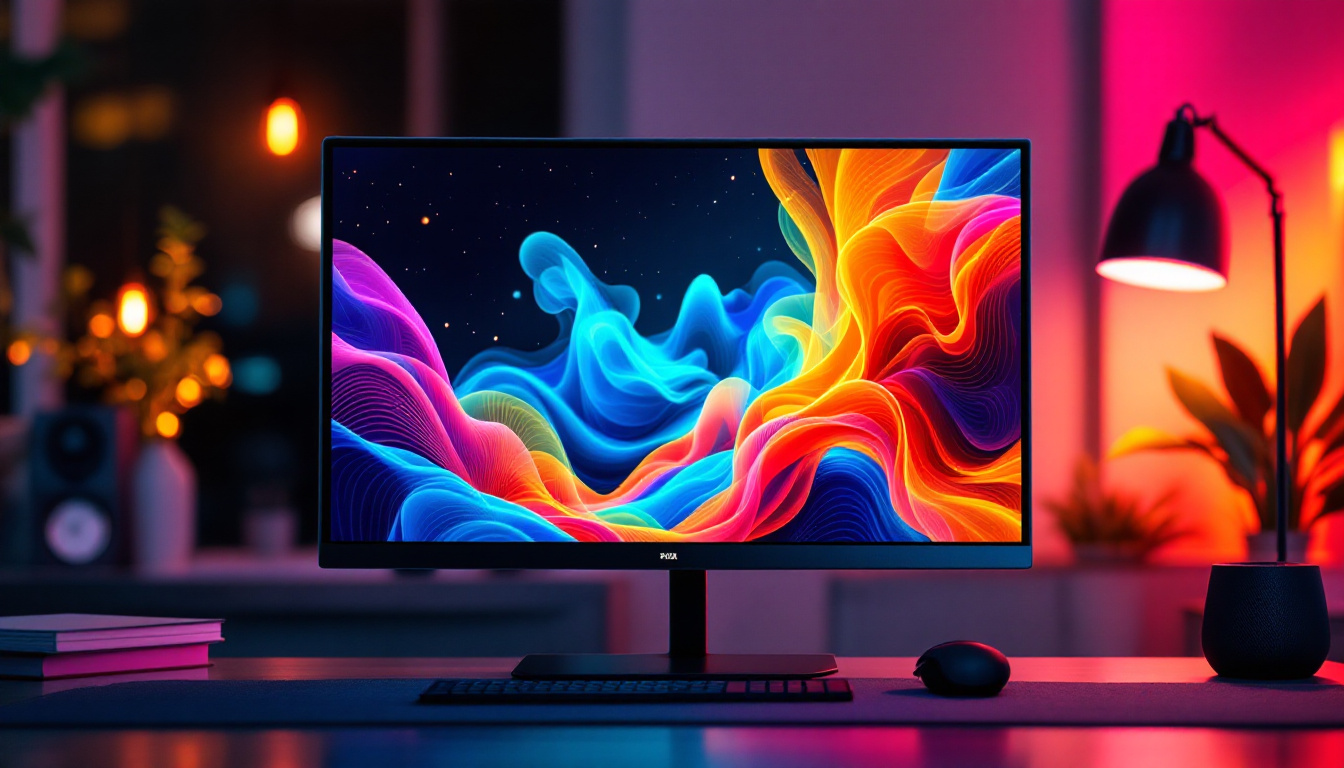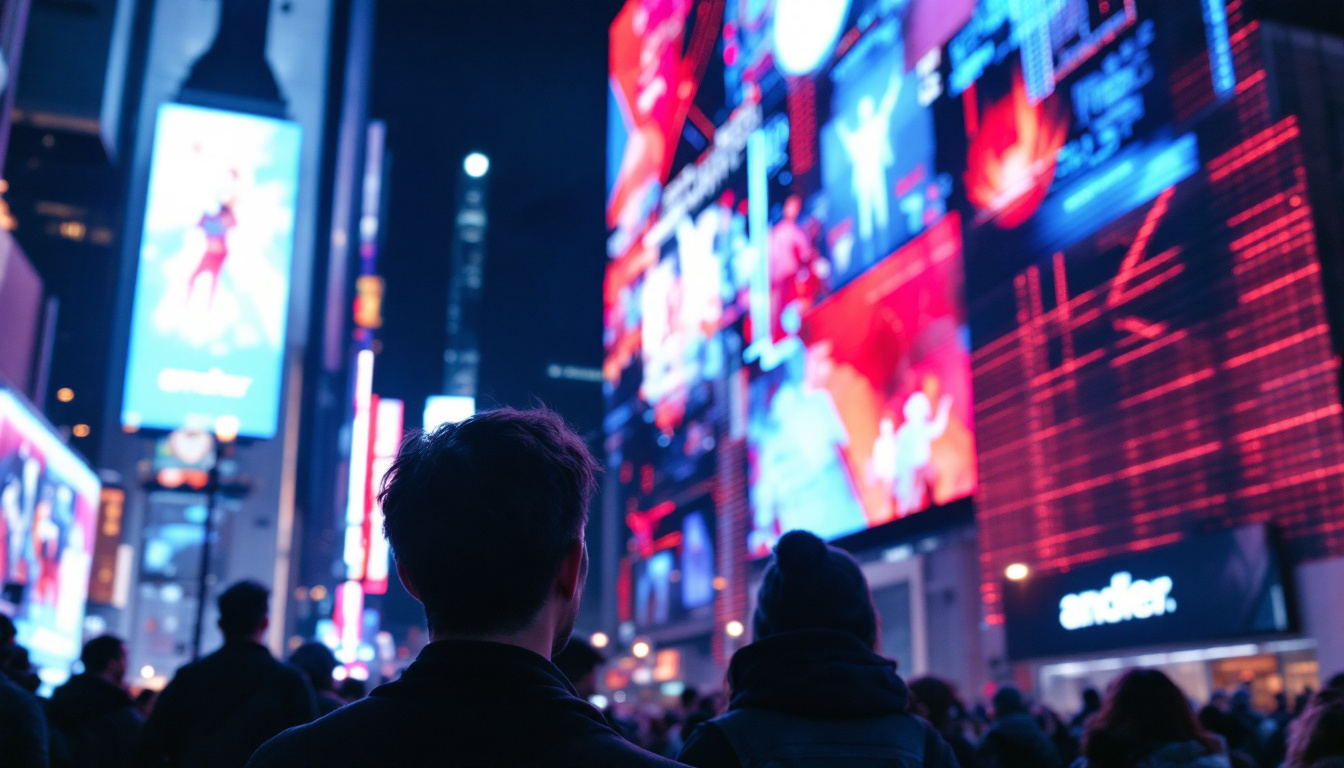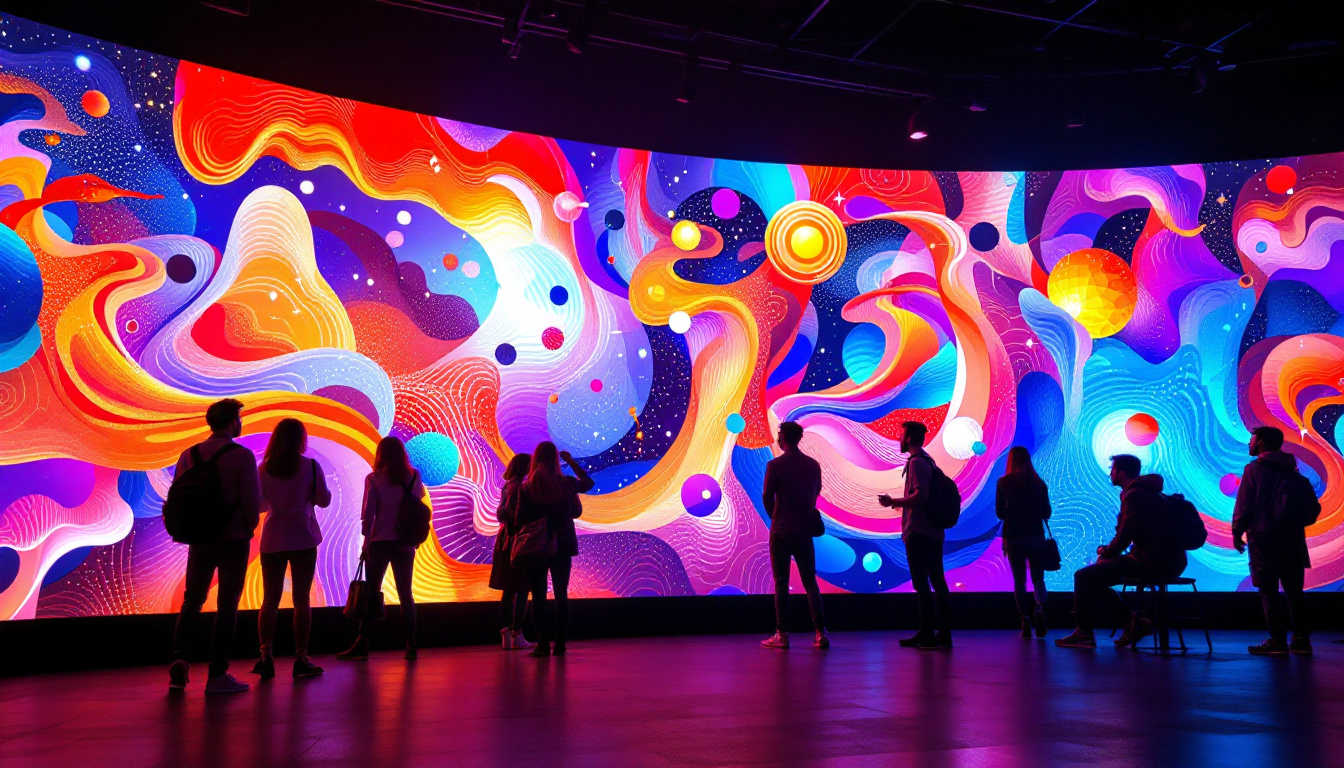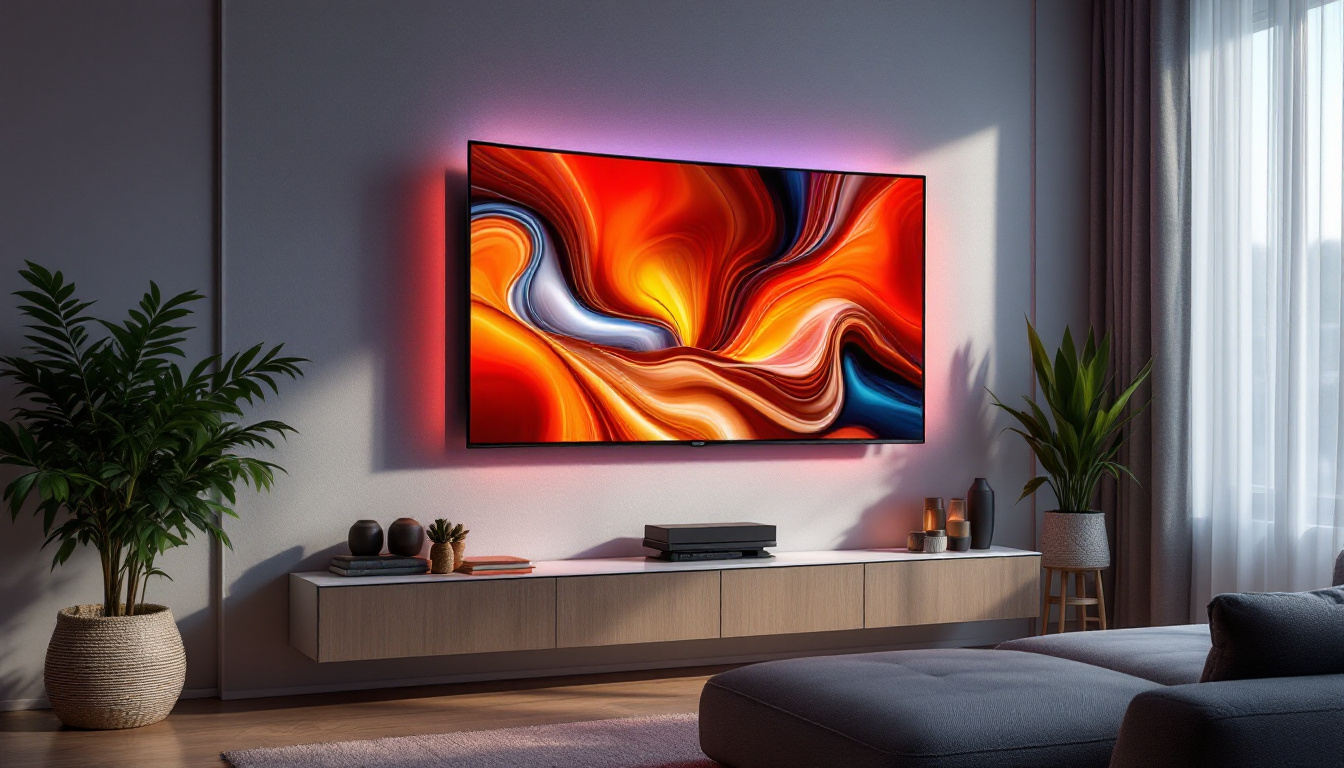Contrast photography is a unique approach that emphasizes the differences between light and dark areas in an image. This technique can dramatically enhance the visual impact of photographs, making them more striking and memorable. In recent years, the advent of LED displays has transformed the way we experience contrast photography, providing new opportunities for artists and photographers alike. This article delves into the fundamentals of contrast photography and explores how LED technology has influenced this art form.
The Basics of Contrast Photography
At its core, contrast photography revolves around the interplay of light and shadow. By manipulating these elements, photographers can create images that evoke emotion, highlight details, and guide the viewer’s eye. Understanding the principles of contrast is essential for anyone looking to master this technique.
Understanding Contrast
Contrast refers to the difference in luminance or color that makes an object distinguishable. In photography, high contrast images feature stark differences between light and dark areas, while low contrast images have more subtle gradations. This distinction can significantly affect the mood and tone of a photograph.
High contrast images often convey drama and intensity, drawing the viewer in with their bold visuals. Conversely, low contrast images tend to evoke a softer, more serene atmosphere. Photographers can manipulate contrast through various techniques, including exposure settings, lighting conditions, and post-processing adjustments.
Techniques for Enhancing Contrast
Several techniques can be employed to enhance contrast in photography. One common method is adjusting the exposure settings on the camera. A lower exposure can deepen shadows, while a higher exposure can brighten highlights, creating a more pronounced contrast.
Additionally, lighting plays a crucial role in contrast photography. Natural light, especially during the golden hour, can create striking contrasts between illuminated subjects and their surroundings. Artificial lighting can also be used strategically to highlight specific areas of an image, adding depth and dimension.
Another effective technique for enhancing contrast is the use of filters, such as polarizing or neutral density filters. These filters can help manage reflections and glare, allowing for richer colors and deeper shadows. Furthermore, experimenting with different angles and perspectives can yield unexpected results, revealing contrasts that might not be visible from a standard viewpoint. For instance, shooting from a lower angle can emphasize the height of a subject against the sky, creating a dramatic backdrop that enhances the overall contrast of the scene.
Post-processing software also offers a plethora of tools for fine-tuning contrast after the shot has been taken. Adjustments in software like Adobe Lightroom or Photoshop can allow photographers to selectively enhance contrast in specific areas of an image, drawing attention to focal points while maintaining the overall balance of the composition. Techniques such as dodging and burning can be particularly effective, allowing for a nuanced approach to contrast that can transform an ordinary image into a striking visual narrative.
The Role of LED Displays in Contrast Photography
LED displays have revolutionized the way contrast photography is presented and experienced. These screens offer vibrant colors, deep blacks, and exceptional brightness, allowing photographers to showcase their work in a way that was previously unimaginable. The following sections explore how LED technology enhances the viewing experience of contrast photography.
Vivid Color Representation
One of the standout features of LED displays is their ability to represent colors vividly. This technology can reproduce a wide color gamut, ensuring that the rich hues and subtle tones in contrast photographs are displayed accurately. As a result, viewers can appreciate the full spectrum of an image, enhancing the emotional impact of the work.
In contrast photography, where color can play a pivotal role in defining mood, the ability to showcase these colors accurately is essential. Whether it’s the deep reds of a sunset or the stark whites of a snowy landscape, LED displays bring these elements to life, making the viewing experience more immersive. Additionally, the dynamic range of LED technology allows for the subtle gradations between colors to be rendered with precision, which is particularly important in images that rely on delicate transitions between light and dark. This capability not only enhances the aesthetic appeal of the photographs but also allows photographers to convey their artistic vision more effectively.
Enhanced Brightness and Deep Blacks
Another significant advantage of LED displays is their brightness levels. High brightness ensures that images remain vibrant even in well-lit environments. This feature is particularly beneficial for contrast photography, where the interplay of light and shadow is crucial. Bright highlights can be showcased without losing detail, while deep blacks can provide the necessary depth to an image.
Moreover, the ability of LED technology to produce true blacks enhances the overall contrast of an image. Traditional displays often struggle with black levels, resulting in a washed-out appearance. In contrast, LED displays can achieve true black, allowing photographers to create images with striking depth and dimension. This capability is especially valuable in genres such as black-and-white photography, where the absence of color places even greater emphasis on contrast and tonal range. The result is an image that not only captures the viewer’s attention but also evokes a strong emotional response, drawing them into the scene and inviting them to explore the intricate details that might otherwise go unnoticed.
Applications of Contrast Photography in Modern Media
Contrast photography is not limited to traditional art forms; it has found its way into various modern media applications. From advertising to digital art installations, the principles of contrast photography are being utilized in innovative ways. This section explores some of these applications.
Advertising and Marketing
In the realm of advertising, contrast photography plays a vital role in capturing consumer attention. high-contrast images can create a sense of urgency and excitement, making products more appealing. Marketers often use this technique to highlight features or benefits, ensuring that their message resonates with the target audience.
For instance, a high-contrast image of a luxury watch can emphasize its intricate details and craftsmanship, drawing potential buyers in. By leveraging the emotional power of contrast, advertisers can create compelling visuals that drive engagement and conversion.
Digital Art Installations
As technology continues to evolve, so does the realm of digital art. Artists are increasingly incorporating contrast photography into immersive installations, using LED displays to create dynamic environments. These installations can evoke powerful emotions and provoke thought, inviting viewers to engage with the artwork on a deeper level.
By utilizing the capabilities of LED technology, artists can manipulate contrast in real-time, allowing for a fluid and ever-changing visual experience. This innovation opens up new avenues for creative expression, pushing the boundaries of traditional photography.
Challenges in Contrast Photography
While contrast photography offers numerous benefits, it also presents certain challenges. Photographers must be mindful of how they manipulate contrast to avoid common pitfalls that can detract from the overall quality of their work.
Over-Editing and Loss of Detail
One of the most significant challenges in contrast photography is the risk of over-editing. In an attempt to create dramatic effects, photographers may inadvertently lose important details in the highlights or shadows. This loss can result in images that appear unnatural or flat, undermining the intended impact.
To combat this issue, photographers should strive for a balanced approach when editing their images. Utilizing tools such as histograms can help ensure that highlights and shadows are preserved, maintaining the integrity of the photograph while still achieving the desired contrast.
Lighting Conditions and Equipment Limitations
Another challenge lies in the lighting conditions under which photographs are taken. Poor lighting can lead to undesirable contrast levels, making it difficult to achieve the desired effect. Additionally, equipment limitations, such as camera sensors and lenses, can also impact the ability to capture contrast effectively.
Photographers can mitigate these challenges by investing in quality equipment and learning to work with available light. Experimenting with different settings and techniques can also lead to more successful outcomes, allowing for greater control over contrast in various conditions.
The Future of Contrast Photography with LED Technology
The future of contrast photography is undoubtedly intertwined with advancements in LED technology. As displays continue to evolve, so too will the possibilities for photographers and artists. This section explores potential trends and innovations that may shape the future of this art form.
Interactive Displays and Augmented Reality
One exciting development on the horizon is the integration of interactive displays and augmented reality (AR) into contrast photography. These technologies can create immersive experiences that allow viewers to engage with images in new ways. For example, AR could enable users to explore different lighting conditions or contrast levels, providing a deeper understanding of the artistic choices made by the photographer.
Such innovations could revolutionize the way contrast photography is experienced, transforming static images into dynamic, interactive art forms. This shift could attract a broader audience and inspire new generations of photographers to experiment with contrast in their work.
Advancements in Display Technology
As LED technology continues to advance, photographers can expect even more impressive displays that enhance the viewing experience. Future developments may include improved color accuracy, increased brightness, and even higher resolutions, allowing for an unparalleled presentation of contrast photography.
These advancements will not only benefit artists but also provide audiences with richer and more engaging experiences. As the line between photography and digital art continues to blur, the potential for creative expression will expand exponentially.
Conclusion
Contrast photography is a powerful technique that emphasizes the interplay of light and shadow, creating visually striking images that resonate with viewers. The rise of LED displays has transformed the way this art form is presented, enhancing color representation, brightness, and overall viewing experience.
As contrast photography continues to evolve, it finds applications in various fields, from advertising to digital art installations. While challenges exist, the future looks promising, with advancements in technology paving the way for new creative possibilities. Embracing the principles of contrast photography and leveraging the power of LED displays can lead to stunning visual narratives that captivate and inspire.
Discover the Future of Contrast Photography with LumenMatrix
Ready to elevate your visual storytelling with unparalleled contrast and clarity? LumenMatrix is at the forefront of LED display innovation, offering a diverse range of solutions that bring your contrast photography to life. From the vibrant colors of our Indoor LED Wall Displays to the dynamic capabilities of our Custom LED Displays, we provide the tools you need to create truly immersive experiences. Whether for advertising, art installations, or any other application, our LED displays ensure your images captivate and engage like never before. Check out LumenMatrix LED Display Solutions today and transform the way your audience interacts with your work.

